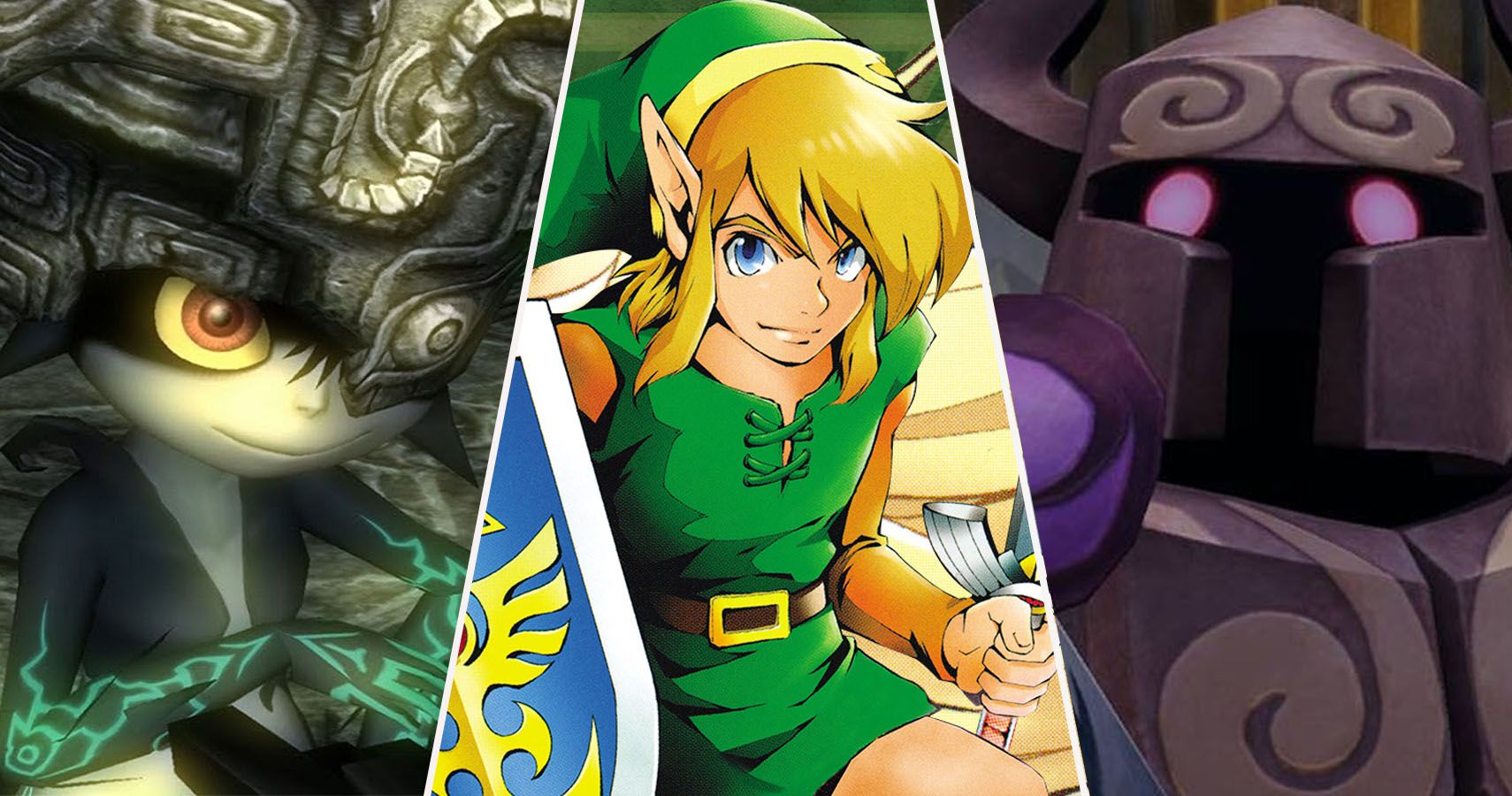
Few playable characters in gaming are as iconic as Link. The Legend of Zelda’s perpetual hero, Link was the franchise’s sole playable character for years. Even to this day, Nintendo holds firm that Link will remain the lead in mainline Zelda titles– even if he has to share the spotlight every now & again.
Beginning with Majora’s Mask, The Legend of Zelda started to feature playable characters alongside Link– adding some much needed variety to the gameplay. Not all of Link’s partners are created equally, but they each add something novel to their games.
10 Kafei (Majora’s Mask)
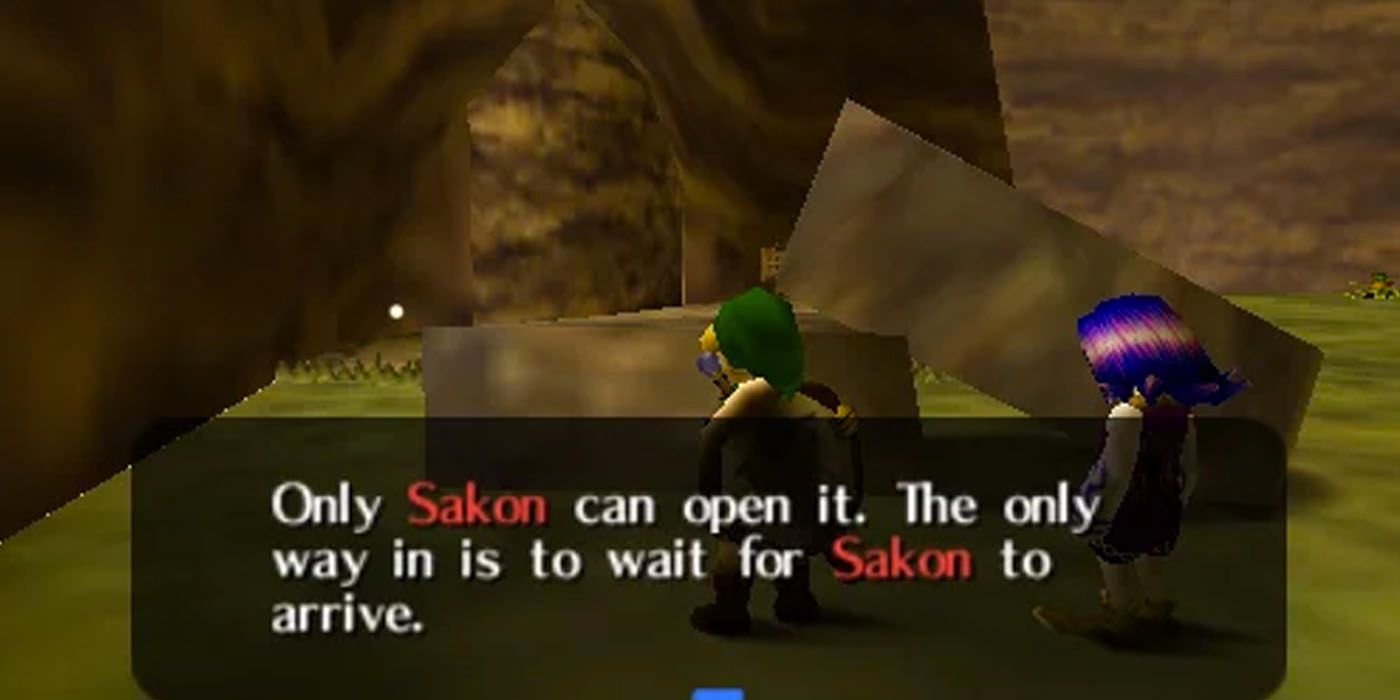
It’s only fitting that the most eclectic & unique game in the franchise is also the first to introduce a playable character parallel to Link. Kafei is the closest thing the Hero of Time has to a Terminan counterpart. A man transformed into a boy by the Skull Kid, Kafei’s fare is eerily similar to that of Link’s.
At the end of his side quest, players will suddenly take control of Kafei alongside Link in order to solve Sakon’s Hideout. Kafei’s sections amount exclusively to timed block puzzles, but he sets an important precedent for the rest of the series.
9 Seagull (The Wind Waker)
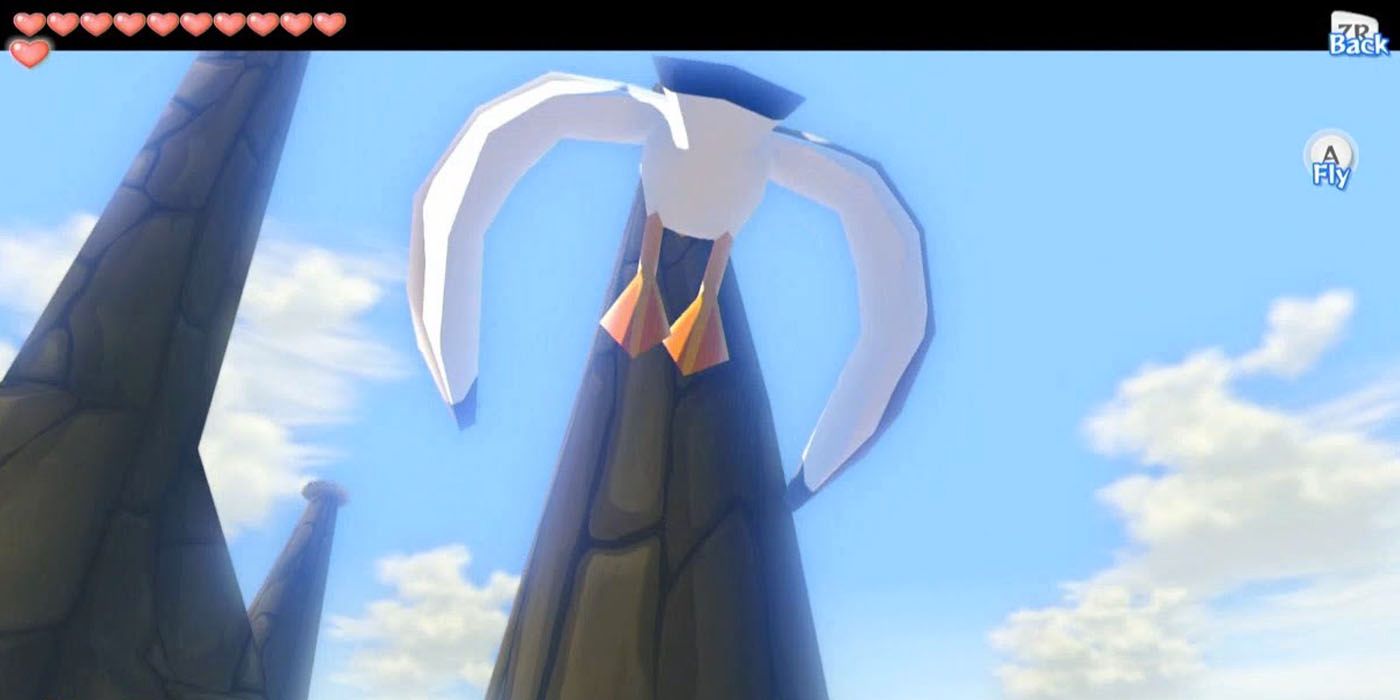
Following in Majora’s Mask’s footsteps, The Wind Waker makes sure to capitalize on multiple playable characters independent of Link– featuring the series’ largest playable roster outside of Hyrule Warriors. Seagulls can be controlled by using a Hyoi Pear, purchasable from Beedle.
Players never actually need to control a Seagull at any point in the game, but they’re tied to a few optional islands. Seagulls can also be used to fully scope out an island from above, but this requires keeping Hyoi Pears on-hand over Bait which isn’t exactly ideal.
8 Tower Servants (The Wind Waker)
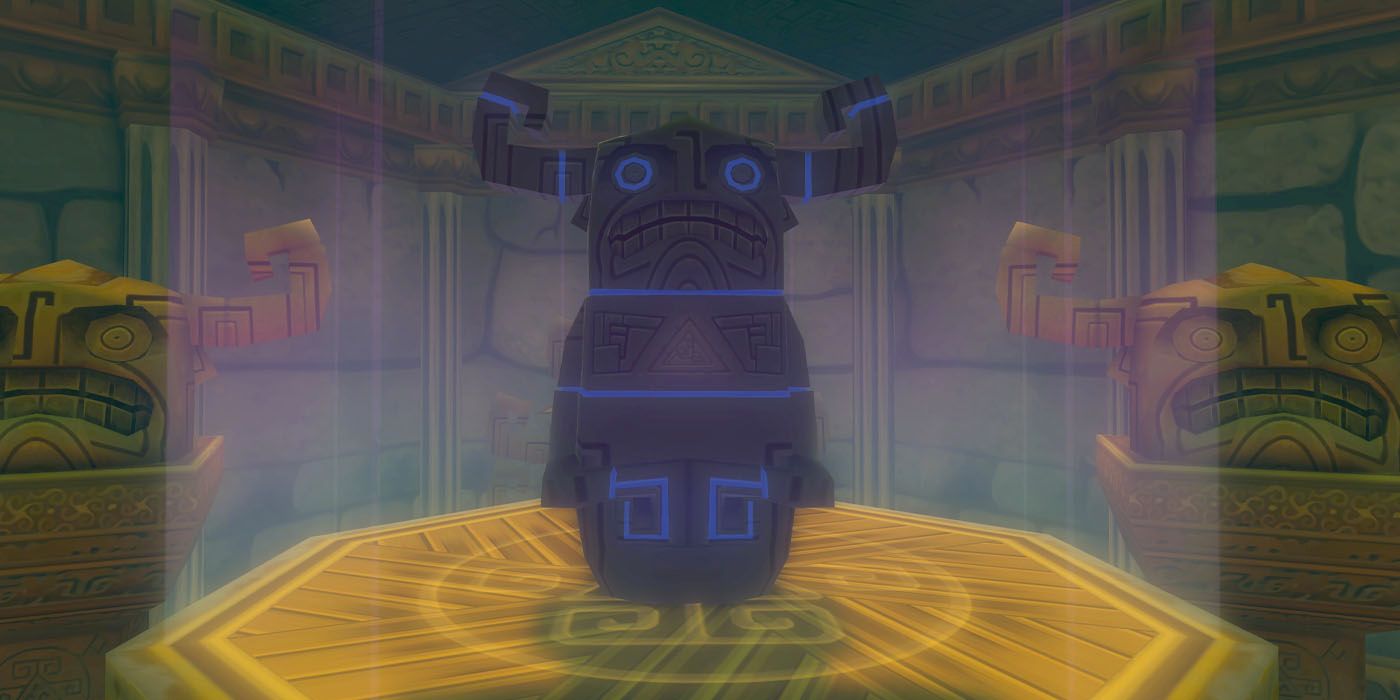
Playing music is a staple of 3D Zelda with Ocarina of Time, Majora’s Mask, and The Wind Waker making particular use of the mechanic. The Wind Waker’s Link ends up learning the Command Melody in the Tower of Gods, a song which allows him to possess other beings– whether they be divine AI statues or his own friends.
The Command Melody is directly used to solve the Tower’s many puzzles, Link moving the Tower Servants with his baton. Tower Servants are slow and locked to the ground, their progression requiring Link to clear a path beforehand so they can traverse with ease.
7 Medli (The Wind Waker)

Although The Wind Waker gives players the impression that the Earth and Wind Temples can be done in any order, Makar won’t even spawn until Link has already escorted Medli through the Earth Temple and awakened her as a Sage. Like the Temple Servants, Link must play the Command Melody to control Medli, but she’s actually quite fun to control.
Not only does Medli have her own personal Mirror Shield through her harp– adding a brand new layer to Mirror Shield puzzles– she can actually fly & glide, capitalizing on 3D Zelda’s verticality in a way no other dungeon had before.
6 Makar (The Wind Waker)
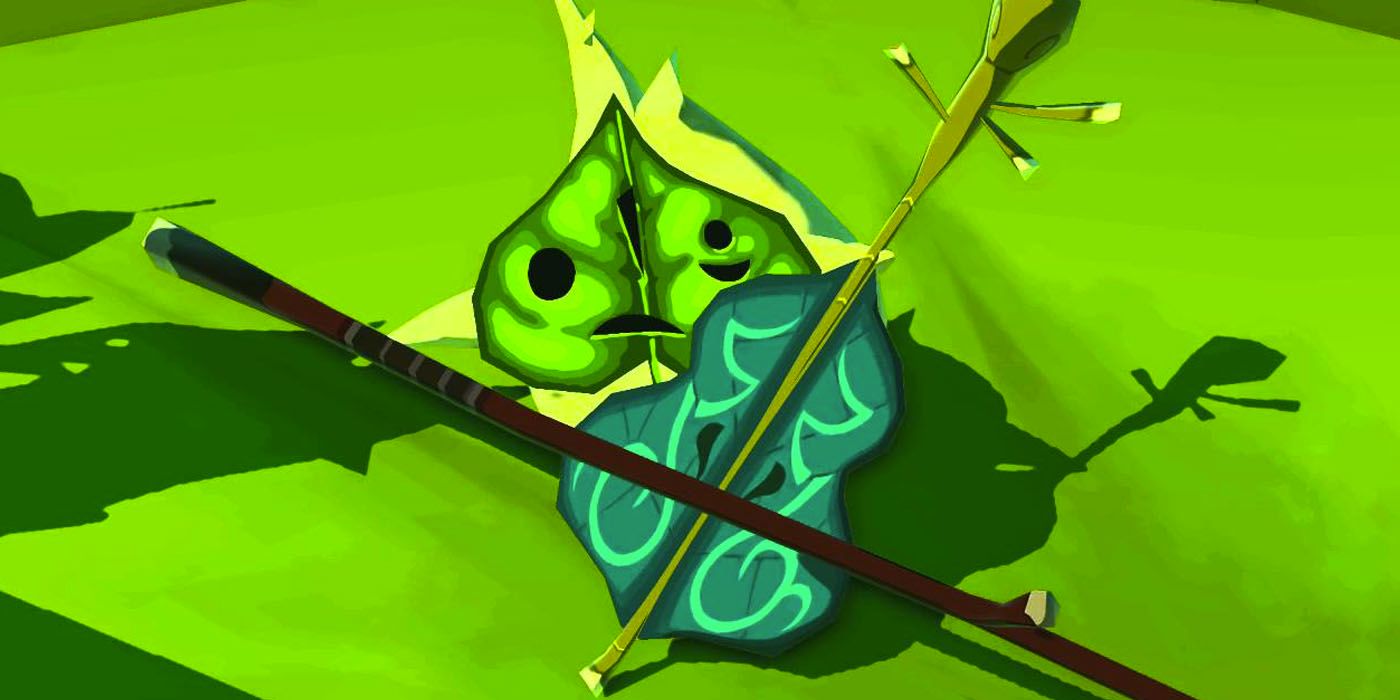
It’s fitting that The Wind Waker’s last formal dungeon is the Wind Temple, but it’s a set piece that’s rather hit or miss. On one hand, it’s the most in-depth and puzzling dungeon in the game. On the other hand, Makar is a bit frustrating to control & he lacks Medli’s charisma.
Not only is Makar pitifully slow and clunky, his weightless body means he’ll easily get swept by wind currents inside the dungeon. Players are meant to use these gusts of wind to their advantage to move Makar around, but he’s by far the worst put-together character in the game.
5 Midna (Twilight Princess)
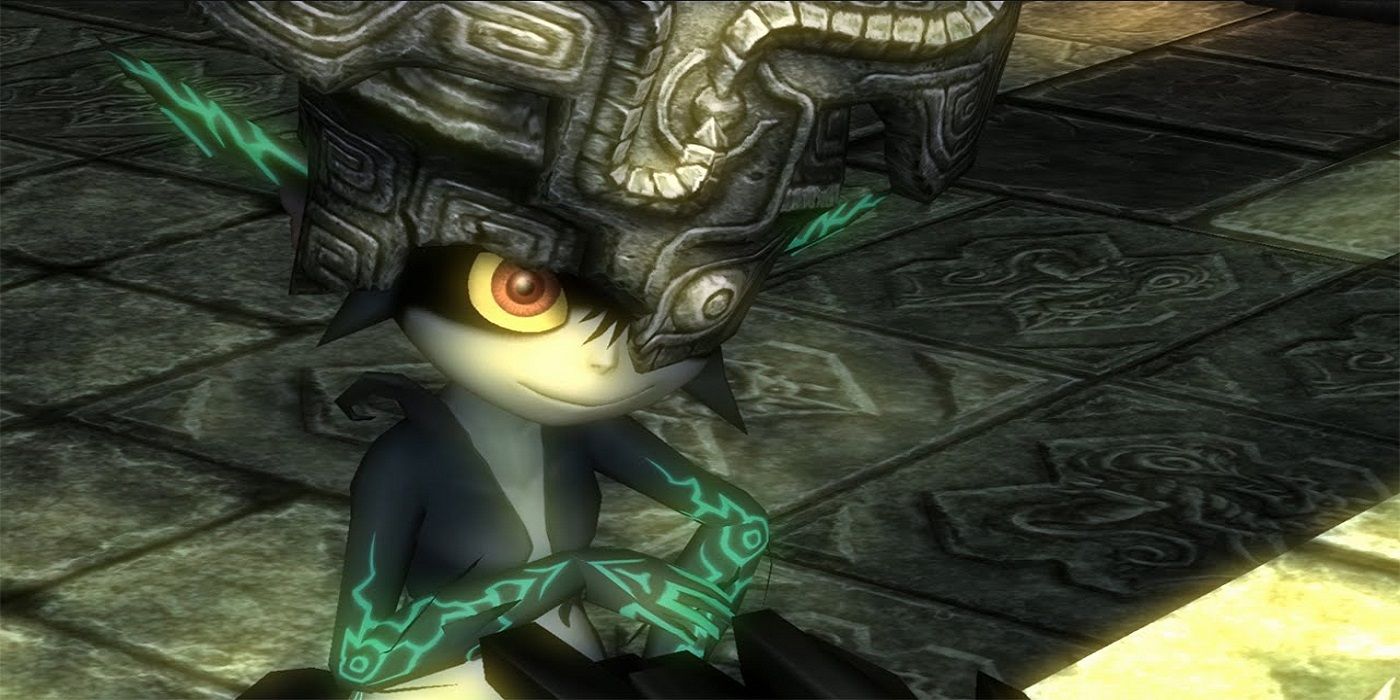
Navi and Tatl blur a line when it comes to control as Z-Targeting is framed through their models, but control stays firmly on Link when it comes to moving & fighting (both actions players can make while targeting.) Midna in Twilight Princess takes this one step further by attacking in conjunction with Link.
Unlike Navi and Tatl whose actions are more metaphysical, Midna is capable of techniques and attacks Link outright can't do when she’s briefly incapacitated at the game’s mid-point. Midna’s presence is as a part of Link’s natural tool kit and not as a designated alternative playable character, but it’s worth noting considering Twilight Princess uses its partner character in a subtly mechanical manner no other Zelda has.
4 Gongoron (Phantom Hourglass)

As far as Zelda games go, Phantom Hourglass probably has the most gameplay gimmicks concentrated into one title. Between touch controls, sailing, puzzles designed around the DS’ literal architecture, and the Temple of the Ocean King, Phantom Hourglass is a daunting experience that at times only feels like Zelda superficially.
For what it’s worth, the game does have compelling dungeon design. One of the last dungeons in the game, Goron Temple, features players controlling a young Goron– Gongoron– alongside Link to solve some light puzzles. Interestingly, Gongoron set the foundation for Zelda’s inclusion in Spirit Tracks.
3 Princess Zelda (Spirit Tracks)

Along with bringing back many of Phantom Hourglass’ main gimmicks, Spirit Tracks’ main selling point is the fact that Princess Zelda accompanies Link on his entire journey. While Zelda spends most of the game as a Phantom (more on that in just a bit,) she’s a proper living being at the start of the game.
It’s not much gameplay, but Spirit Tracks features an early joint stealth section for both Link and Zelda while the latter is still alive. Not only do players get an opportunity to control Zelda before things to turn south, it’s a clever introduction to the dual character mechanic that defines the game.
2 Phantom Zelda (Spirit Tracks)
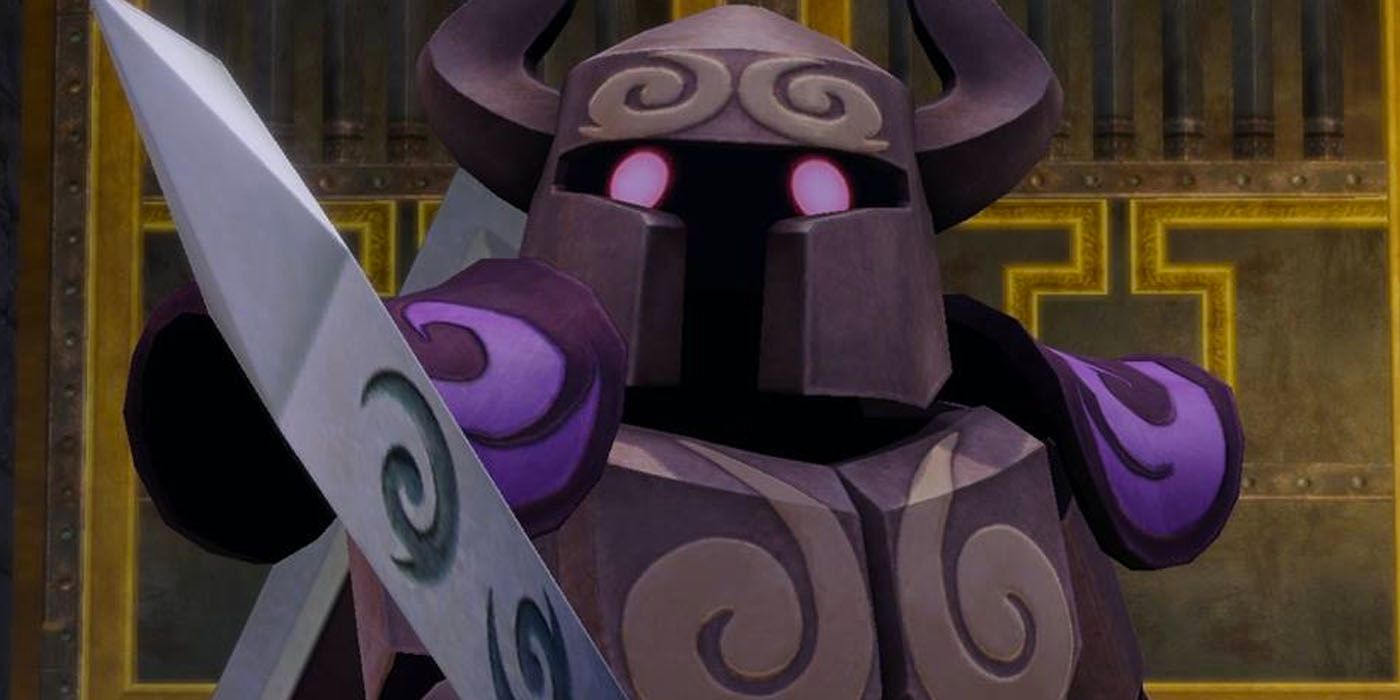
Life doesn’t end at death for Princess Zelda, becoming a Phantom shortly after the events of Spirit Tracks begin. Zelda spends the majority of the game as a Phantom and it’s through this means where Zelda gets to show off her usefulness & Spirit Tracks its most creative design decisions.
Zelda’s Phantom can possess different armored knights, allowing her not only to solve puzzles alongside Link but actually hold her own in combat (to an extent.) Phantom Zelda isn’t just Link’s partner, she’s Spirit Tracks’ full on co-lead.
1 Groose (Skyward Sword)
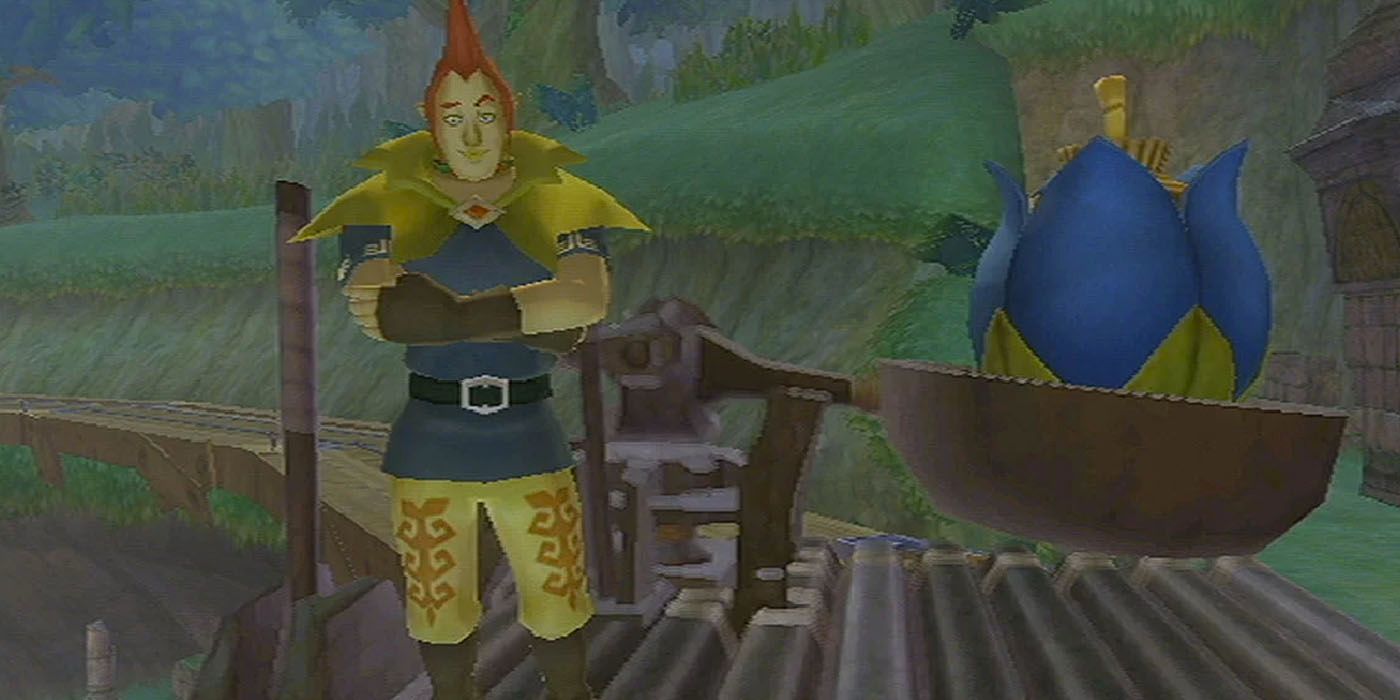
For all of Skyward Sword’s faults, the game does do a very good job in balancing its main cast. Link is arguably at his most vibrant, his relationship with Zelda is the plot’s driving force, and characters like Fi & Groose develop considerably for non-leads. In the case of Groose, he’s even briefly playable when confronting The Imprisoned.
During the second and third Imprisoned fights, players will be tasked with using the Groosenator to either attack the Imprisoned from afar or launch Link onto the beast. During these sections, players briefly take control of Groose as he repositions the Groosenator on Link’s behalf.
from Game Rant - Feed https://ift.tt/3gor33e
Comments
Post a Comment